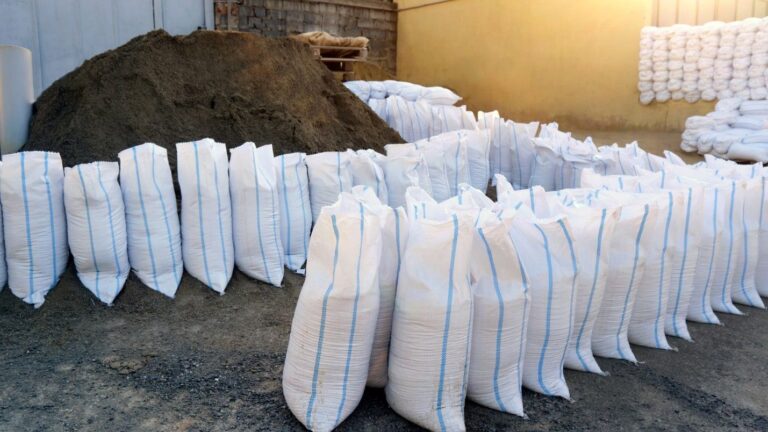
Gravel bags are an essential component in erosion and sediment control for construction and roadway projects. They prevent sediment runoff, manage stormwater, and protect infrastructure from water-related damage. However, not all gravel is created equal. The type of gravel used in these bags directly impacts their filtration efficiency, stability, and durability, which can determine the success or failure of an erosion control plan.
At Stevenson Supply & Tractor Co., we provide high-quality landscape erosion control products Mendocino County to meet the needs of contractors and municipal agencies. This guide explores the impact of different gravel types in gravel bags to help you make informed decisions for your project.
Gravel bags are widely used across construction sites and roadway projects for various erosion control applications:
Since gravel bags are subjected to harsh environmental conditions, including heavy rainfall and fast-moving water, selecting the right type of gravel is crucial to avoid the costs of skipping erosion control. Poor gravel choices can lead to ineffective filtration, structural instability, and premature failure.
Gravel bags need to allow water to pass through while trapping soil and sediment. The ideal gravel size balances permeability and filtration:
For most construction and DOT erosion control projects, 3/4″ crushed stone is the optimal choice due to its ability to maintain filtration while preventing sediment buildup.
Gravel shape affects how well gravel bags resist shifting under water pressure:
Crushed stone is the preferred option for erosion control, as it forms a stable barrier that withstands heavy water flow.
Different gravel materials break down at different rates, affecting long-term performance:
For long-term erosion control in construction and DOT applications, granite or quartzite crushed stone is ideal due to its durability.
Gravel bags provide a natural approach to erosion control. Looking for the best choice? Consider these types:
These hard stone materials provide superior drainage, erosion resistance, and long-term stability. Best Uses:
A widely available and budget-friendly choice, but it may degrade over time when exposed to moisture. Best Uses:
Due to its smooth, round shape, pea gravel shifts too easily and allows excessive water flow without sufficient filtration. Better Uses:
A sustainable option, but it may contain fine particles that clog over time. Best Uses:
For the best performance from effective erosion and sediment control products, follow these best practices:
Arrange gravel bags in staggered or overlapping formations to create an interlocking barrier that slows water flow effectively.
Regular maintenance is essential, as sediment buildup can reduce permeability over time. Replace gravel bags as needed to maintain performance.
For optimal sediment and stormwater management, gravel bags should be used alongside:
Using the correct gravel type ensures your erosion control measures are effective and long-lasting. 3/4″ crushed granite or quartzite offers the best balance of filtration, stability, and durability. Avoid pea gravel and rounded river rock, as they lack structural stability and proper filtration.
Stevenson Supply & Tractor Co. provides top-tier gravel and erosion control solutions tailored for construction and roadway projects. Contact us today at (707) 575-3335 to discuss the best gravel options for your needs.